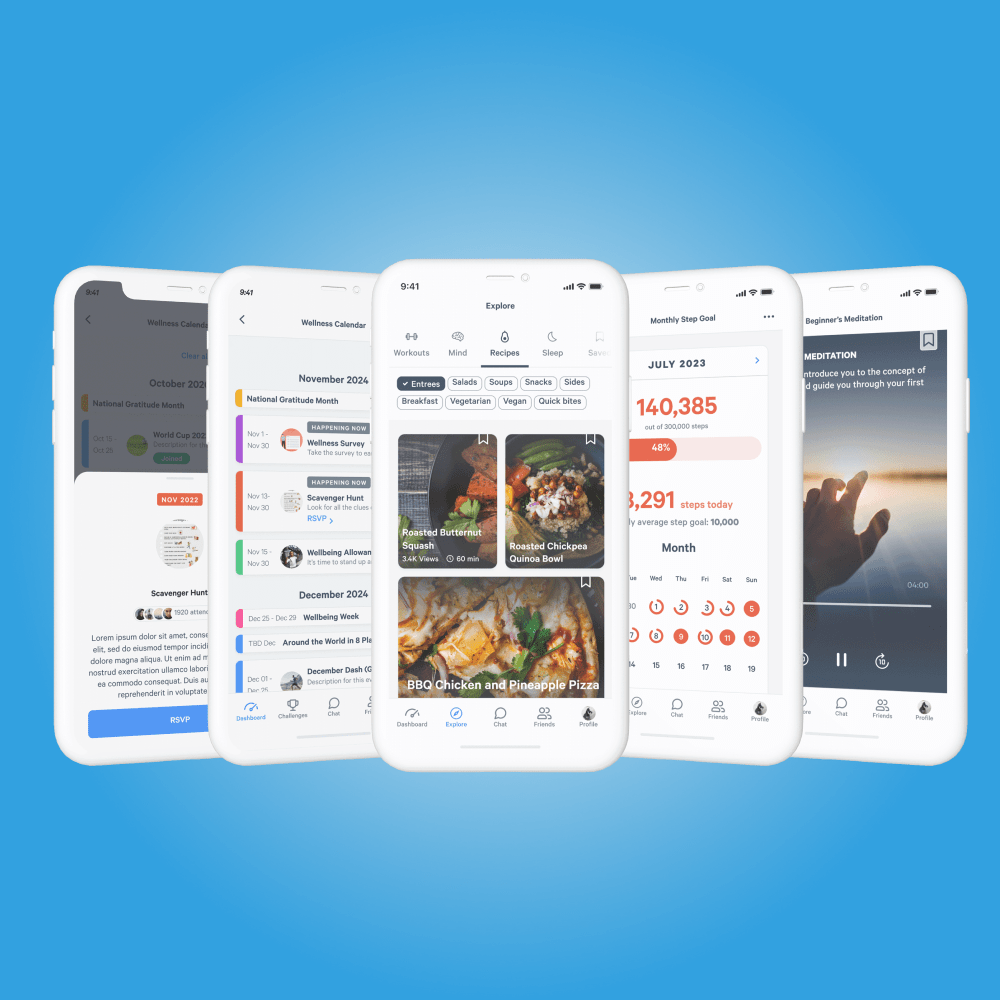4 ways digital tools are helping transform the role of HR
5 min read
In 1989 when I started my career in McDonald’s, I was told by my then manager that soon machines would take over most of the cooking. Since then, I have gotten used to hearing that technology would do the tasks which humans do now.
What struck me then and now, is that rather than being threatened by that prospect, I thought it was actually a really interesting idea. The more mundane and physically-challenging tasks being done by machinery and the more interesting work being done by the people.
Fast forward to 2020, and the stories about tech taking over are still here, and still mostly creating fear rather than excitement.
Technology is helping us grow so that we can continue making an impact in our roles and focusing on the bigger picture for our people. Here are four things to keep in mind when it comes to how HR should be viewing technology:

Tech is on your team, not replacing your team
When I am asked what I think about technology, I say that I see technology as being part of the HR team, not replacing it. That rationale is pretty easy to justify too. The number of HR people has increased in businesses alongside the use of technology in the HR teams.
A recent report from Deloitte noted that 56% of organizations surveyed are redesigning their HR programs to leverage digital and mobile tools.
So what are they doing?
- The Recruiter is now managing the candidate experience, as technology has automated the application process.
- The People Ops team is making sure the messaging within paperwork is as human as possible, rather than dealing with cookie-cutter forms.
- The L&D team is delivering more learning through more methods of delivery at the time the training is needed, not when everyone can get together.
- HR doesn’t (always) have to wade through mountains of data thanks to real-time dashboard analytics that reveal what engagement initiatives are taking off.
And I see this as a benefit. It means the HR team has jobs that have better job design, are more fulfilling and have less administration than ever before.
Download our eBook to learn more about modern HR technology »

It is happening in the outside world too, you just might not have seen it
Waiting at the doctor’s office, the first 10-15 minutes were taken up filling in forms over and over again. Instead, advanced records can transfer your information seamlessly, saving patients valuable time and letting administrative professionals tackle larger issues.
Now, facility managers can get alerts on their phones through certain programs that notify them of building problems in real-time, so they can take action right away and keep the building running smoothly, or grant access to on-site contractors at the touch of a button.
And finally, C-suite executives are able to proactively support leaders and managers, rather than just put out fires, thanks in part to smart dashboards that can provide real-time insights into company performance.
Automation isn’t the enemy, it’s our ally
I know people are worried about their jobs. PricewaterhouseCoopers (PwC) recent statistics indicate that 37% of workers worry that they’ll lose their job due to automation.
But in my view we should not be worried or panicked, we should see the opportunity of increased technology in the workplace.
Leveraging technology can empower professionals in talent and human resources to free up time for the parts of their role that require a human touch.
For example, the recognition process of sending out, say, long service awards, can be automated, but the act of recognition is done with the best message possible. The communications update can be scheduled to be released at the best time, whilst the message can be refined as neatly and succinctly as is needed, leaving more time for employee feedback and creating purposeful, strategic communications.
These are opportunities for HR to move away from administration, and move towards influencing and impacting. The human touch increases effectiveness and we in HR need to ensure we maintain that, as this allows us to have ensured we have put the “human” at the heart of everything we do.

Technology allows HR to be a leader and not the follower
HR has two choices, stay as we are, or change. From a technology-adoption process, HR needs to catch up - we’re crossing the chasm and need to not be scared of adopting technology to “do our jobs” because there’s so much more impact we can have on our organizations and our people.
Technology should do two things: It should make a process better and it should enable you to achieve an objective that you can’t do otherwise unless you have the right tools.
As organizations look to the future, when we’re through the COVID-19 pandemic, HR can find new ways to make the world a better place to work, with technology on their side to do more with less. How will you work towards embracing technology and putting the “human” back in HR?
Stay tuned for my next blog, where I'll be uncovering the must-have tools that have helped me the most throughout this time in HR.

 Robert Hicks
Robert Hicks




